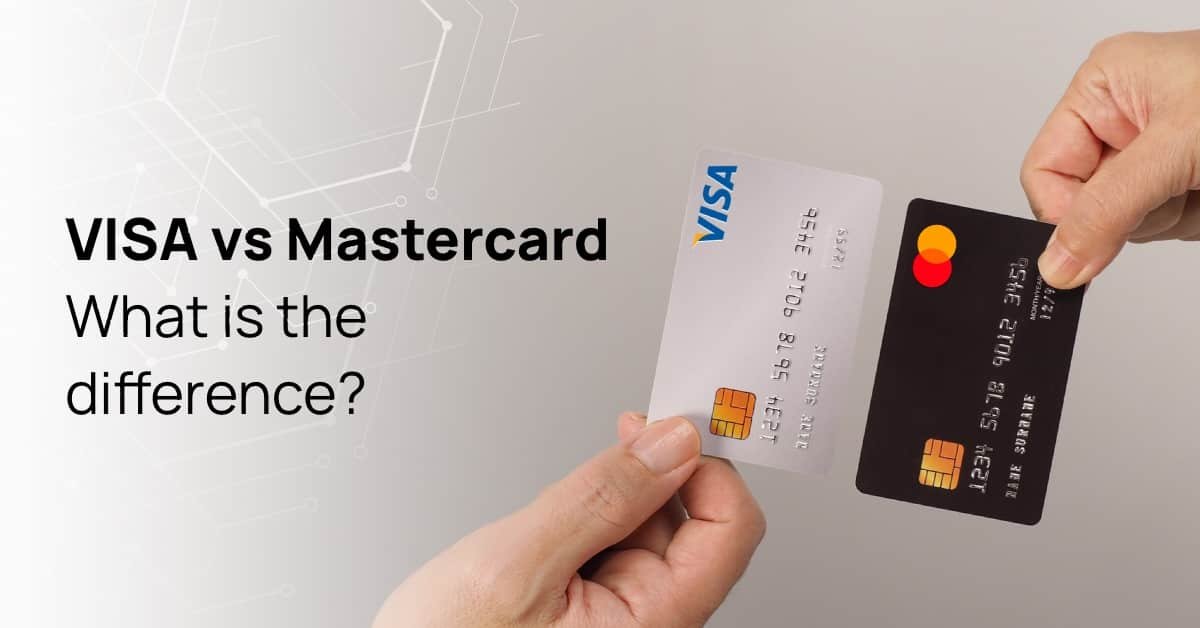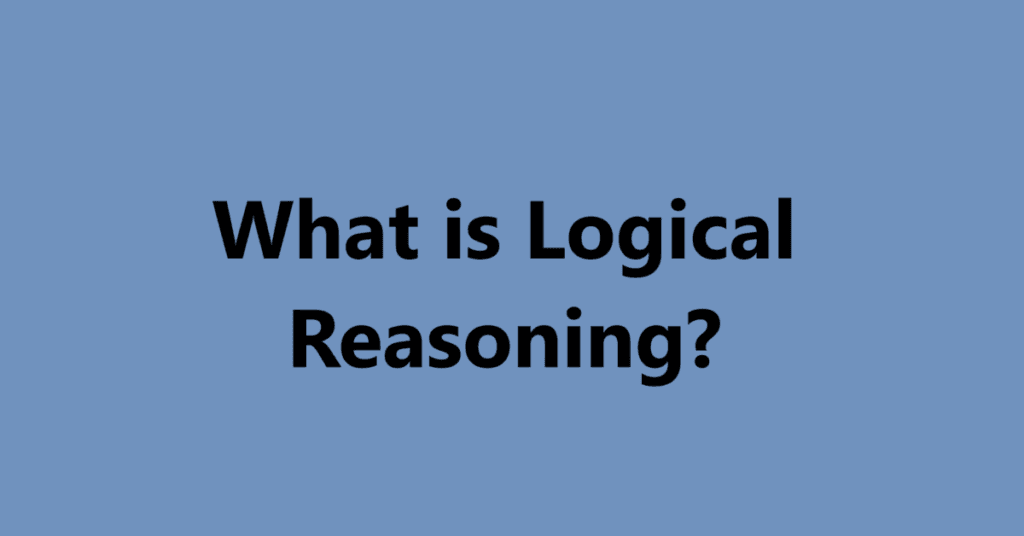When comparing Visa and MasterCard, it’s important to understand that both are major payment networks that process transactions for credit and debit cards issued by banks and financial institutions. Here’s a breakdown of the key differences and characteristics of each:
Visa vs. MasterCard
1. Acceptance
- Visa: Widely accepted around the world, Visa is one of the most recognized credit card brands. It’s accepted in millions of locations globally.
- MasterCard: Also highly accepted, MasterCard enjoys similar global recognition. Acceptance is nearly universal, though there may be slight variations by region.
2. Card Types
- Visa: Offers various types of cards including credit, debit, prepaid, and business cards.
- MasterCard: Similarly provides credit, debit, prepaid, and business card options.
3. Features and Benefits
- Visa: Visa cards often come with features like purchase protection, extended warranties, and fraud liability coverage. Visa also offers various tiered services (e.g., Visa Platinum, Visa Signature) that provide added benefits.
- MasterCard: Offers similar benefits such as price protection, extended warranty coverage, and travel benefits. MasterCard also has tiers (e.g., MasterCard World, MasterCard World Elite) that come with enhanced perks.
4. Rewards Programs
- Visa & MasterCard: Both networks do not offer their own rewards programs; instead, rewards depend on the issuing bank. Some banks offer cash back, points, or travel rewards on both Visa and MasterCard.
5. Security Features
- Visa: Offers a range of security features like Visa Secure, which helps prevent unauthorized card use.
- MasterCard: Provides similar security measures, including MasterCard SecureCode, which offers additional protection for online purchases.
6. Foreign Transaction Fees
- Visa & MasterCard: Whether foreign transaction fees apply depends more on the bank that issues the card rather than the card network itself. Many cards from both networks offer no foreign transaction fees.
7. Mobile Payments
- Both Visa and MasterCard support mobile payment options like Apple Pay, Google Pay, and Samsung Pay, allowing for contactless payments.
8. Consumer Protections
- Both Visa and MasterCard provide protections against fraud, such as zero liability policies, meaning you won’t be held responsible for unauthorized transactions if you report them promptly.
Visa Card vs. MasterCard FAQs
Here are some frequently asked questions (FAQs) comparing Visa cards and MasterCard, along with concise answers to help clarify any differences:
1. What is the main difference between Visa and MasterCard?
Both Visa and MasterCard are payment networks that process card transactions. The primary difference lies in the features and benefits associated with the specific credit or debit card issued by financial institutions, rather than the networks themselves.
2. Which is more widely accepted, Visa or MasterCard?
Both Visa and MasterCard are widely accepted globally, with only minor differences in acceptance. Most merchants accept both brands, making either choice convenient for international and domestic use.
3. Are there any differences in fees between Visa and MasterCard?
Fees depend on the card issuer rather than the network. Both Visa and MasterCard can have similar fee structures, including annual fees, foreign transaction fees, and interest rates, which can vary based on the specific card.
4. Do Visa and MasterCard offer similar security features?
Yes, both offer robust security features including fraud detection and zero liability policies for unauthorized transactions. Each has its own security programs (Visa Secure and MasterCard SecureCode) to protect customers.
5. Which offers better rewards programs?
Rewards programs are determined by the issuing bank and the specific card, not by the network. Both Visa and MasterCard can offer excellent rewards, including cash back, points, and travel benefits, depending on the card issuer.
6. Can I use both Visa and MasterCard internationally?
Yes, both are accepted in millions of locations worldwide. However, it’s wise to check with individual merchants, especially in less common destinations.
7. Are there any differences in customer service between Visa and MasterCard?
Customer service quality primarily depends on the card issuer. Both networks provide customer support, but the experience may vary based on the financial institution that issued the card.
8. What types of cards are offered by both networks?
Both Visa and MasterCard offer various card types including credit, debit, prepaid, and business cards. The availability of specific types may vary by issuer.
9. How do I choose between a Visa and a MasterCard?
Choose based on the specific card’s features, benefits, fees, and rewards rather than the network itself. Compare offerings from different issuers to find the best option for your needs.
10. What if a merchant only accepts one of the cards?
While most merchants accept both, in rare cases where only one is accepted, consider having both cards or choose the one that aligns with your spending needs.
Conclusion
Ultimately, the choice between a Visa card and a MasterCard often comes down to the rewards and fees associated with the specific card offered by your bank or credit union rather than the network itself. It’s essential to compare the details of the individual card, including annual fees, interest rates, and rewards, before making a decision.


